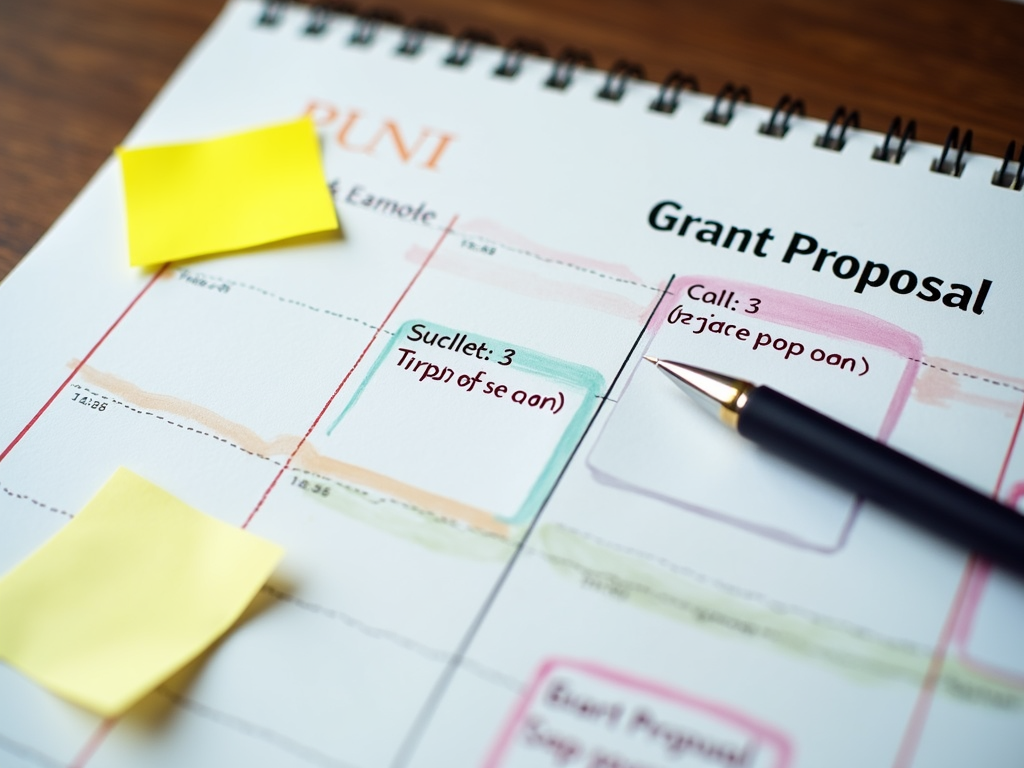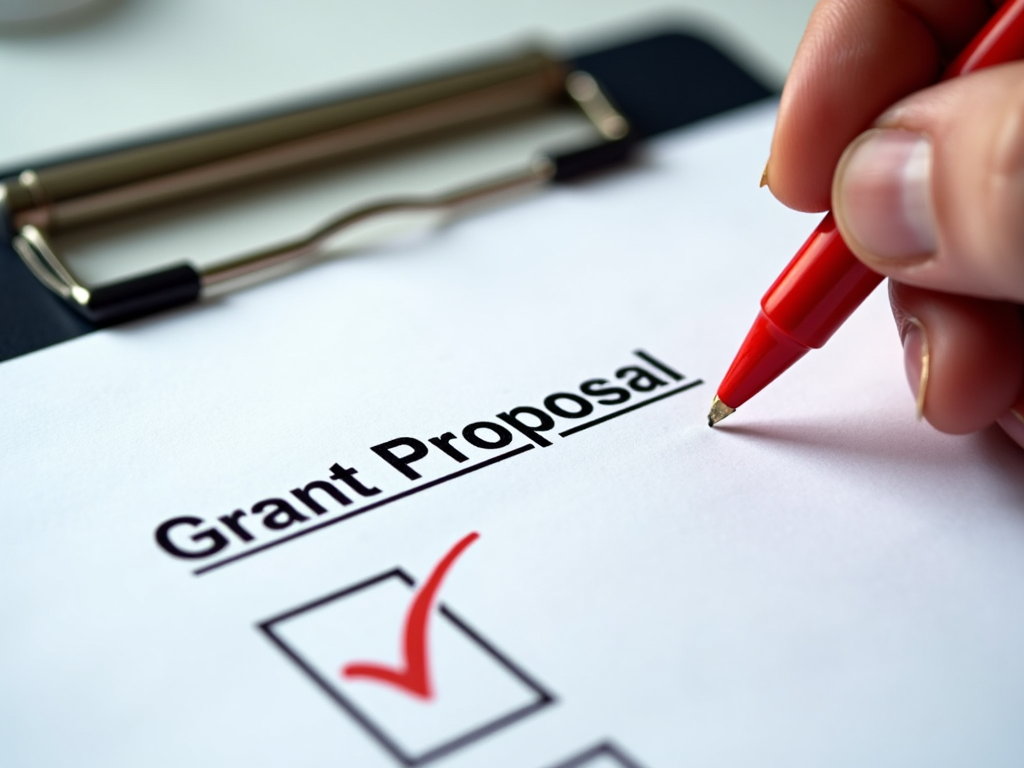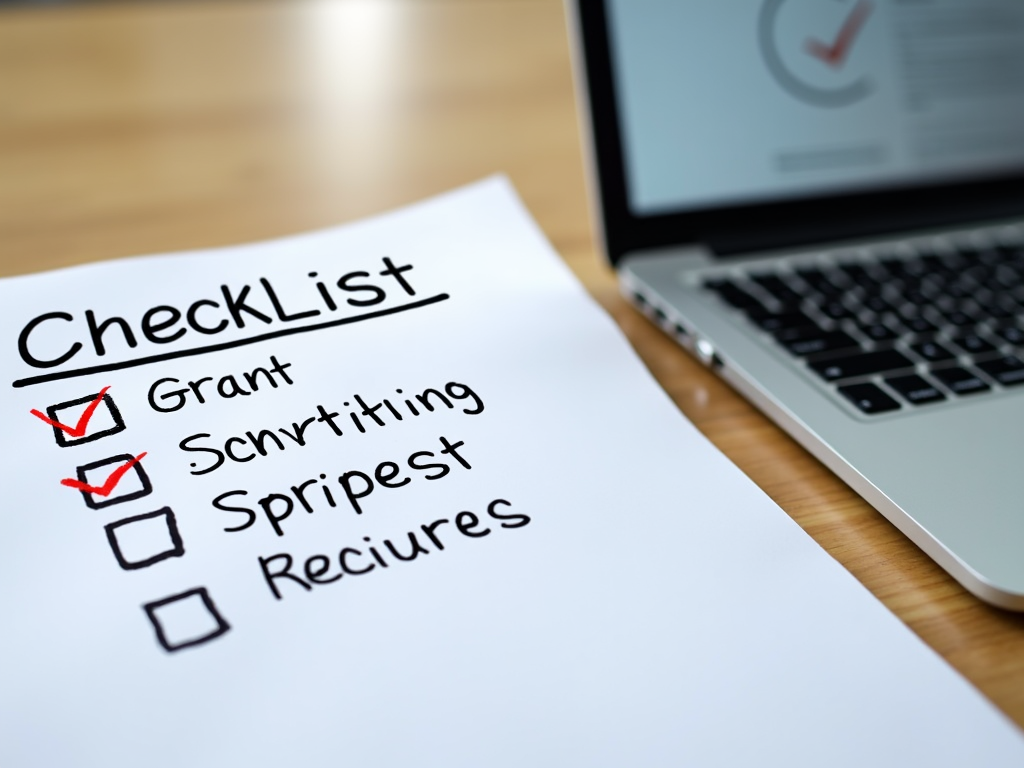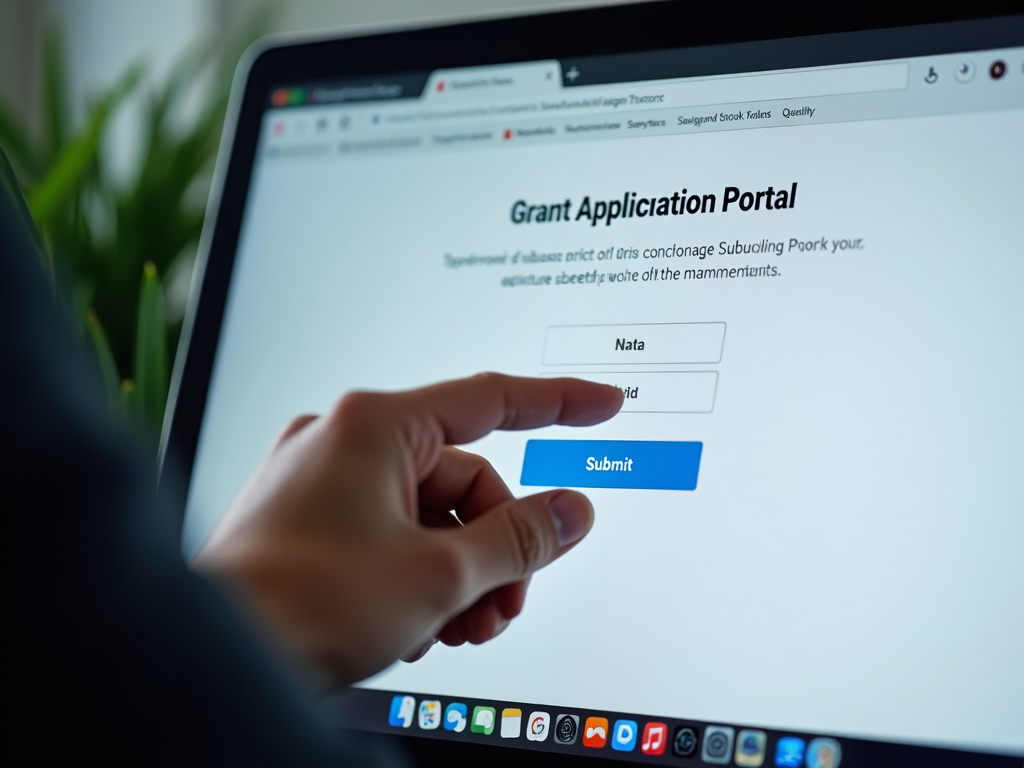How to Write a Winning Grant Proposal: Step-by-Step Guide
By , April 29, 2025
Writing a grant proposal can be a daunting task, but it's a crucial skill for anyone seeking funding for their project or organization. A well-crafted grant proposal can make the difference between securing the funds you need and missing out on a valuable opportunity. In this guide, we'll walk you through how to write a winning grant proposal, step by step, while highlighting common mistakes to avoid. Whether you're new to grant writing or looking to improve your skills, this comprehensive article will provide you with the tools and insights you need to succeed.

Understanding Grants and Funders
Before you start writing your grant proposal, it's essential to understand what grants are and how they work. Grants are funds provided by organizations, such as government agencies, foundations, or corporations, to support specific projects or initiatives. Unlike loans, grants do not need to be repaid, making them an attractive source of funding.
There are various types of grants, including:
- Government Grants: These are funded by federal, state, or local government agencies and often have strict guidelines and reporting requirements.
- Foundation Grants: Private foundations, such as the Bill & Melinda Gates Foundation, provide grants for specific causes or areas of interest.
- Corporate Grants: Businesses may offer grants as part of their corporate social responsibility initiatives.
- Service Learning Grants: These grants support projects that integrate community service with academic learning, often involving students in hands-on experiences.
To increase your chances of success, it's crucial to research and select the right grant for your project. Start by identifying funders whose priorities align with your project's goals. For example, if you're proposing a service learning project, look for grants that specifically fund educational and community engagement initiatives.
Once you've identified potential funders, carefully review their guidelines and requirements. Each funder has unique preferences, so tailoring your proposal to meet their expectations is key.

Planning Your Proposal
Planning is a critical step in the grant writing process. Before you start writing, take the time to organize your thoughts and gather all necessary information. Here are some tips to help you plan effectively:
- Create a Timeline: Break down the proposal writing process into manageable tasks and set deadlines for each. This will help you stay on track and avoid last-minute rushes.
- Gather Information: Collect all the data, statistics, and documents you'll need to support your proposal. This includes information about your organization, the problem you're addressing, and your proposed solution.
- Outline Your Proposal: Create a detailed outline that includes all the required components of the proposal. This will serve as a roadmap as you write.
By planning ahead, you'll ensure that your proposal is well-organized and cohesive, making it easier for funders to understand and support your project.

Writing the Proposal Components
A grant proposal typically includes several key components. Each one plays a crucial role in convincing funders to support your project. Below, we'll go through each component and provide tips on how to write them effectively.
Crafting a Compelling Executive Summary
The executive summary is often the first thing funders read, so it needs to be clear, concise, and compelling. It should provide a snapshot of your entire proposal, including:
- A brief introduction to your organization
- The problem or need you're addressing
- Your proposed solution or project
- The amount of funding you're requesting
- The expected outcomes and impact
Keep it to one page and make sure it entices the reader to learn more. According to the National Institutes of Health, a well-written executive summary can set the tone for the entire proposal.
Writing a Strong Statement of Need
The statement of need explains why your project is necessary. It should clearly articulate the problem or issue you're addressing and provide evidence to support your claims. Use data, statistics, and real-world examples to make your case. For instance, if you're applying for service learning grants, highlight the educational and community benefits of your project.
Describing Your Project
In the project description, provide a detailed overview of your proposed solution. Explain what you plan to do, how you'll do it, and why it's the best approach. Use storytelling techniques to make your proposal engaging. For example, instead of saying 'we will conduct workshops,' say 'we will engage 50 at-risk youth in interactive workshops that teach life skills through hands-on activities.'
Setting Goals and Objectives
Clearly define the goals and objectives of your project. Goals are broad statements of what you hope to achieve, while objectives are specific, measurable outcomes. Make sure your objectives are realistic and align with the funder's priorities.
Outlining Methods and Timeline
Describe the methods you'll use to achieve your objectives and provide a timeline for implementation. Be specific about the activities you'll undertake and the resources you'll need. A well-thought-out timeline demonstrates that you've planned your project carefully.
Developing an Evaluation Plan
Funders want to know how you'll measure the success of your project. Outline your evaluation plan, including the metrics you'll use and how you'll collect and analyze data. This shows that you're committed to accountability and continuous improvement.
Creating a Realistic Budget
Your budget should be detailed and accurate, including all expenses related to your project. Justify each item to show that you've thought through the financial aspects carefully. Use a spreadsheet to organize your budget and ensure the numbers add up correctly.
Providing Organizational Information
Include information about your organization, such as its mission, history, and past successes. This helps establish your credibility and demonstrates your capacity to carry out the project.
Including Appendices
Appendices can include additional documents that support your proposal, such as letters of support, resumes of key personnel, or detailed project plans. Make sure to reference these in the main body of your proposal.

Common Mistakes to Avoid When Writing Grant Proposals
Even experienced grant writers can make mistakes. Here are some common pitfalls to watch out for:
- Not Following Guidelines: Each funder has specific requirements. Failing to adhere to them can result in your proposal being disqualified.
- Lack of Clarity: Be clear and concise in your writing. Avoid jargon and ensure your proposal is easy to understand.
- Unrealistic Budgets: Make sure your budget is realistic and justified. Overestimating or underestimating costs can raise red flags.
- Weak Statement of Need: If you don't clearly articulate the problem, funders won't see the value in your project.
- Ignoring Evaluation: Don't overlook the importance of an evaluation plan. Funders want to know how you'll measure success.
By being aware of these mistakes, you can take steps to avoid them and strengthen your proposal.

Reviewing and Editing Your Proposal
Before submitting your proposal, take the time to review and edit it thoroughly. Here are some tips:
- Proofread Carefully: Check for typos, grammatical errors, and formatting issues.
- Get Feedback: Ask colleagues or mentors to review your proposal and provide constructive feedback.
- Ensure Compliance: Double-check that your proposal meets all the funder's requirements and guidelines.
A polished, error-free proposal demonstrates professionalism and attention to detail.

Submitting Your Proposal
Once your proposal is complete, follow the funder's instructions for submission carefully. This may involve uploading documents to an online portal or sending them via mail. After submission, consider sending a thank-you note to acknowledge the funder's time and consideration. If allowed, follow up after a reasonable period to inquire about the status of your application.

Conclusion
Writing a winning grant proposal takes time and effort, but by following these steps and avoiding common mistakes, you can increase your chances of success. Remember to research your funders, plan carefully, write clearly, and review thoroughly. With practice and persistence, you'll become a more effective grant writer. Good luck with your grant writing journey!